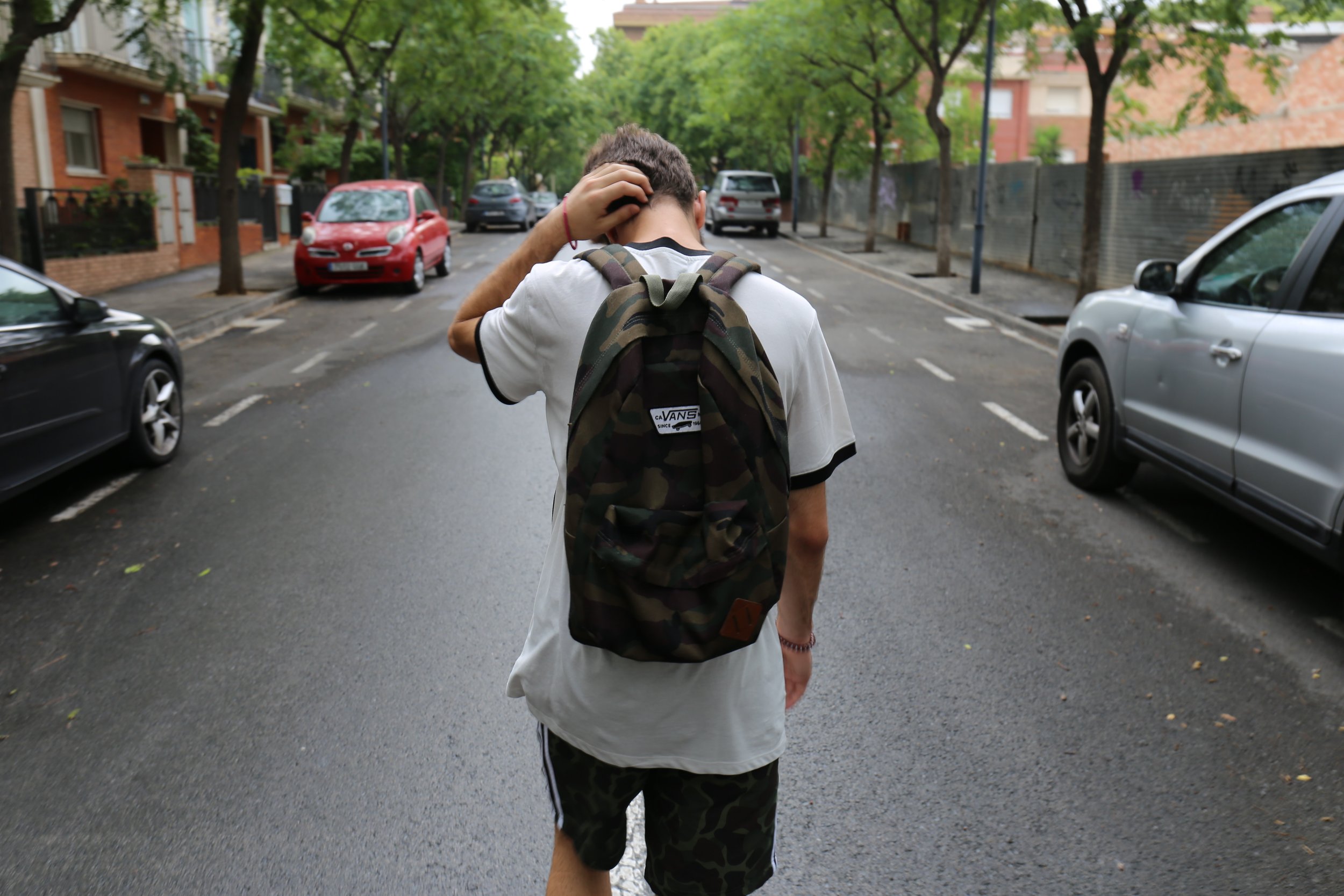School suspensions. Is there hope for positive change?
What do you feel when you hear the term ‘school suspension’?
For parents with teens in crisis, who may have experience with student suspensions, this phrase can bring up feelings of rage and frustration.
As NSW public high schools get larger, their class sizes grow, and the number of teachers decreases, suspension becomes a common form of removing disruptive students, in order to keep the wider school community safe and engaged.
According to the NSW Department of Education website: For the majority of students, suspension allows time for the student to reflect on their behaviour, to acknowledge and accept responsibility for the behaviours which led to the suspension, and to accept responsibility for changing their behaviour to meet the school's expectations in the future.
The reality for parents with teenagers engaging in risky behaviour, it’s a time of incredible stress while the parent manages the teen’s learning from home and their propensity to socialise with their also suspended or truanting peers. The definition and the reality could not be more different, and research proves this.
The reality is being ignored
The Conversation penned an article on this topic in 2019, which remains relevant today. While the author’s research was conducted in the USA, the comments ring true; “…I learned that suspensions might actually be having the opposite effect. That’s because students use school suspensions strategically to earn respect and build a reputation for being tough…”
Parents with experience of school suspensions know only too well this form of discipline can reduce the student’s opportunity to complete the education they are entitled to. It also provides them with time away from school they often desperately want. This absence from school, under the expected supervision of often busy working parents, can result in significant learning loss, injury, property loss, and increased medical, police and juvenile justice costs.
The appeal process is complicated, frustrating, and generally unyielding, with the Department of Education more often than not, supporting the decision of the school principal.
According to the School Suspension Booklet by Hemphill and Hargreaves (2010) “Within 12 months of being suspended from their schools, students are:
• 50% more likely to engage in anti-social behaviour
• 70% more likely to engage in violent behaviour.
So, what can parents do?
On 19 February 2022, NSW Minister for Education and Early Learning, Sarah Mitchell, announced the new Student Behaviour Strategy, Inclusive Education Policy, and Restrictive Practices Reduction and Elimination Policy.
The website site claims the Inclusive, Engaging and Respectful Schools pack will deliver a suite of improvements for students and staff in all NSW public schools. Key changes include:
reducing the length of suspensions
more support for students with disability to access the curriculum
early intervention and targeted support for vulnerable student groups
removing prohibited restrictive practices
a new model to help meet the needs of students with complex, challenging and unsafe behaviours
increased access by schools and students to an expanded dedicated workforce comprising specialist staff including allied health and behaviour support services
improving access to behaviour specialists for schools and students in regional and remote locations.
Parents that wish to respond or comment can email wellbeing@det.nsw.edu.au or reach out to The Hon Sarah Mitchell MLC directly office@mitchell.minister.nsw.gov.au
How can principals approach discipline differently?
There is certainly no magic solution to this growing issue. Every situation is unique to each student and their school; however, it would be ideal if students were kept in school during their time of ‘reflection’.
Could there be a dedicated space with wellbeing teachers or volunteer parents/mentors for students when they need time out and an opportunity to defuse a situation?
Or perhaps within every local government area (LGA) a classroom style centre could be created for students to attend as a mandatory part of their return to school program, even if for limited hours each day? Currently this is available in some LGAs on a voluntary basis, which generally means students don’t attend due to logistical issues or the previously mentioned desire to hang out with peers.
These days, parents are encouraged by counsellors to allow their teenager to be part of the conversation around consequences for negative behaviour. Perhaps this needs to be the approach encouraged by principals and deputy principals as well. More training for the teaching community, from the principal down, needs to be implemented and revisited frequently to learn how to understand and engage with students who are disengaged in the classroom or struggling with learning or behaviour related challenges.
Voices of those affected need to be heard to change this process for better outcomes for students and their families.
Students are slipping through the big cracks in the system and removing them from school can only create problems for governments and communities of the future, with an increase in crime, unemployment, homelessness, and a dependency on government financial assistance the most likely outcome.
LET US KNOW YOUR THOUGHTS ON SCHOOL SUSPENSION:
EPIC welcomes member input. Let us know your experience and/or thoughts on school suspension. here.


